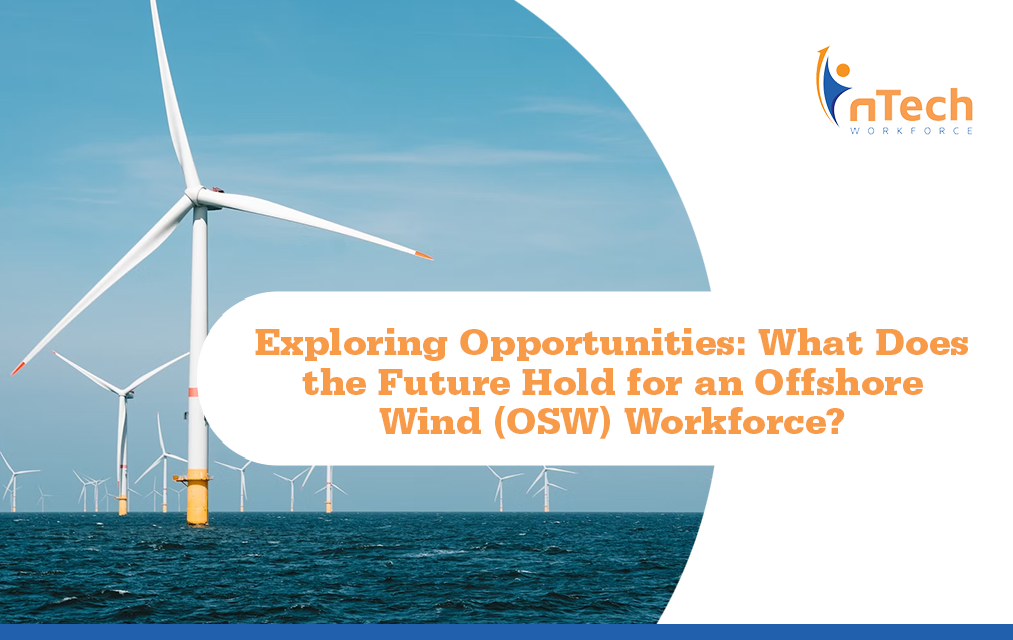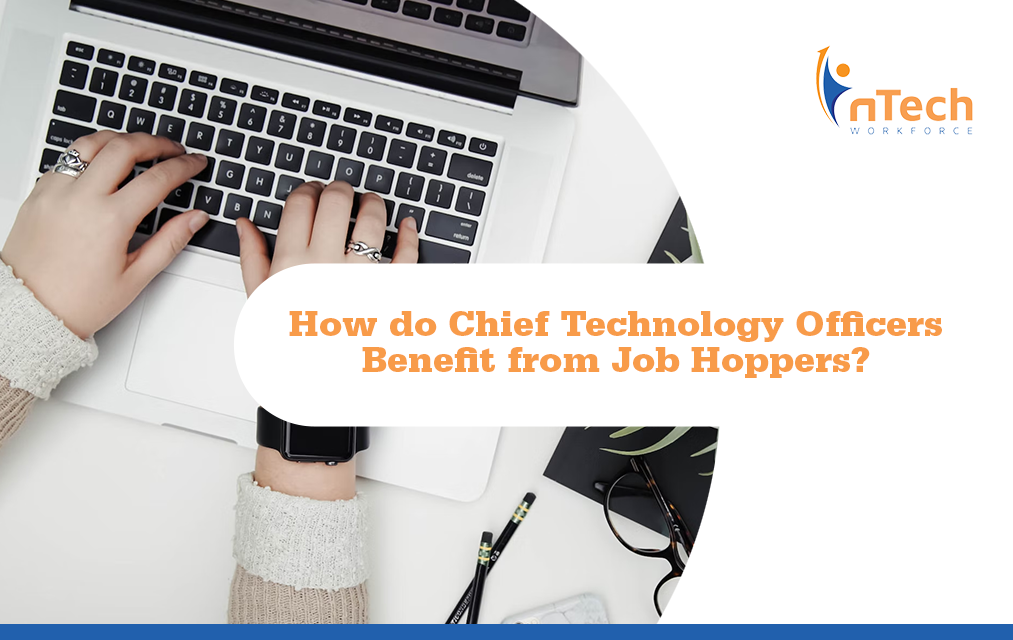How Do Chief Technology Officers Benefit from Job Hoppers?
Job hoppers are professionals who frequently and voluntarily change their jobs. Job hopping is becoming increasingly popular amongst the younger...
2 min read
![]() nTech Workforce
:
Jul 3, 2023 8:00:00 AM
nTech Workforce
:
Jul 3, 2023 8:00:00 AM

According to a report by the Global Wind Energy Council, 2023 will be the first year in which global new capacity for offshore wind will exceed 100 gigawatts (GW), and the same report forecasts year-on-year growth of 15%.
As policymakers increasingly prioritize and raise the bar for climate goals, there will be significant growing pains for the future of offshore wind in the coming years. The demand for clean and renewable energy sources is great for developers but creates pressure to deliver transformational change in short periods. Consequently, workforce readiness for businesses in offshore wind will become a major challenge.
Arthur Ransier, Director of Business Strategy at nTech Workforce notes, “All of the growth in offshore wind is undoubtedly going to result in significant demand for workers, particularly in the United States.”
So what are the opportunities and challenges that lie ahead for staffing the offshore wind workforce?
Due to the rapid growth in the industry, Ransier says the industry will need more “Engineers, project managers, technicians, and other professionals with expertise in offshore wind technology and operations. Therefore, there will be a significant opportunity for businesses in the offshore wind industry to provide specialized services and expertise.”
However, as Ransier describes, the challenge arises that “Finding workers with the necessary skills and experience can be difficult. This can result in longer lead times and higher costs for recruiting and training workers, which can impact project timelines and profitability.”
Another challenge faced by the offshore wind industry is “health and safety,” Ransier notes, “workers in this industry are often exposed to challenging and potentially hazardous conditions.” As one might expect, this also brings about “challenges related to regulatory compliance,” adds Ransier.
All is not lost, however, because, as Ransier notes, there are tons of exciting staffing opportunities in the offshore wind industry:
“As the offshore wind industry continues to grow, it is important for businesses to develop effective workforce practices that enable them to recruit, train, and retain skilled workers they need to succeed,” says Ransier.
According to the team at nTech, these are some best practices to keep in mind:
Ransier notes, "As the offshore wind industry continues to grow, business leaders must be prepared to adapt to changing market conditions, regulations, and technologies.” Ransier shared some techniques businesses can adopt to stay ahead and be prepared:
The future of offshore wind staffing is dynamic. If your business is knee-deep, preparing, or interested in offshore wind, your staffing and recruiting strategies can be a competitive advantage, and nTech Workforce is here to help.

Job hoppers are professionals who frequently and voluntarily change their jobs. Job hopping is becoming increasingly popular amongst the younger...

As we look ahead to 2026, one thing is clear: the world of work will continue to evolve at a remarkable pace. New technologies, new expectations, and...

nTech’s VP and General Manager Jimmy Iannuzzi and labor law attorney Marko MrKonich from Littler joined host Bryan Pena for a dynamic and informative...